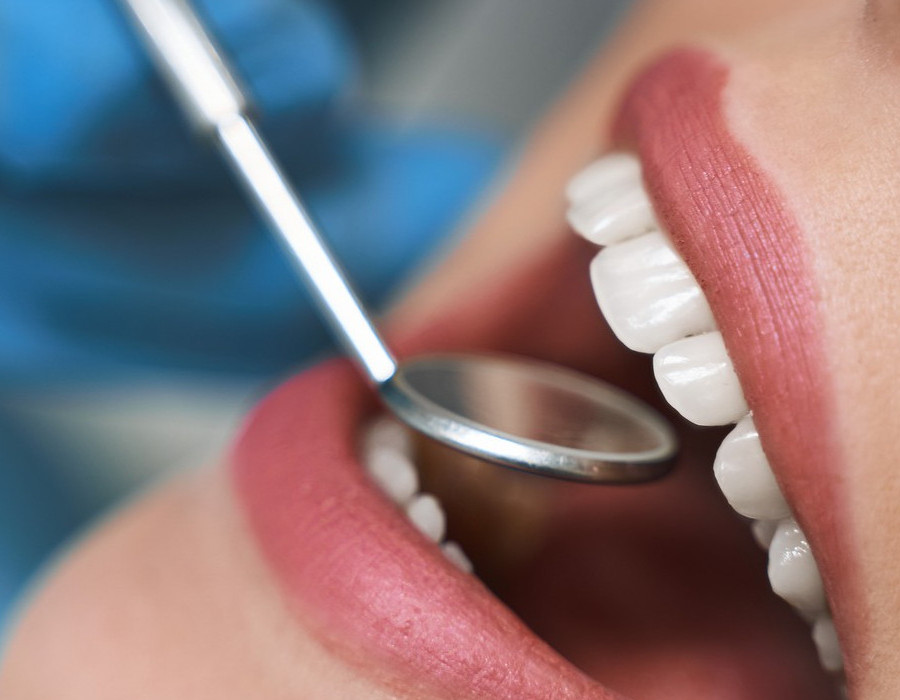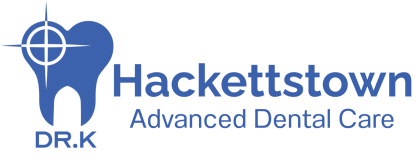Prevention and treatment of periodontal disease, more commonly known as gum disease

Prevention and treatment of periodontal disease, more commonly known as gum disease
An overview
of periodontal disease.

Causes of periodontal disease
Other causes of periodontal disease include:
- $Smoking, which is one of the biggest risk factors for periodontitis
- $Type 2 diabetes
- $Obesity
- $Hormonal changes in women (such as when menstruation, pregnancy, or menopause occurs), which can make the gums more sensitive
- $ Conditions that impact your immune system, like HIV or leukemia
- $Medications that reduce the flow of saliva in your mouth
- $Genetics
- $ Poor nutrition, including a deficiency in vitamin C
Signs and Symptoms of periodontal disease
- $ Gums that bleed when you brush your teeth or floss
- $Bad breath
- $Changes in the position of your teeth or loose teeth
- $Receding gums
- $Red, tender, or swollen gums
- $Buildup of plaque or tartar on your teeth
- $Pain when chewing
- $Tooth loss
- $Foul taste in your mouth
- $Inflammatory response throughout your body
How Periodontal Disease
can affect your overall systemic health
Diabetes
Heart Disease
Respiratory Disease
Cancer
Alzheimer’s Disease
The role our office takes in diagnosing,
treating and preventing periodontal disease.
Should abnormal pocket depths, bleeding and noticeable x-ray findings be present, the doctor may recommend what is called scaling and root planing, or SRP. This is a process that takes place over 1-4 visits depending on the extensiveness of your disease and may require a local anesthetic. This deep cleaning has two parts. Scaling is when your dental professional removes all the plaque and tartar (hardened plaque) above and below the gumline, making sure to clean all the way down to the bottom of the pocket. They will then begin root planing, smoothing out your teeth roots to help your gums reattach to your teeth.
Depending on how comprehensive the periodontal disease is, it may also be recommended that a locally delivered antibiotic called Arestin be placed. Arestin consists of small spheres of minocycline, a derivative of tetracycline. The spheres, which look like a fine powder, are contained in a small blunt plastic needle, and are injected into the pocket. This requires no anesthesia. The spheres are bioadhesive, and stick to the pocket wall where they slowly release minocycline over a 14-21 day period. Because the spheres are also biodegradable they do not require removal. If an antibiotic can be delivered directly to the pocket, without the patient having to take systemic doses, there are far fewer side effects, and fewer chances of resistant bacteria forming. In addition, with direct local delivery, the concentration of the antibiotic at the diseased site can be 100 times greater than taking the medication orally.
Should the doctor find that your periodontal disease is too extensive, they may refer you to a periodontist. This is an oral health professional that specializes in gum health.
If this all seems a bit overwhelming, keep in mind that the first step in avoiding periodontal disease is prevention. While prevention should begin at home with twice daily brushing and flossing, our office also plays a significant role. Depending on how quickly your mouth develops plaque and tartar, your hygienist will recommend that you see us usually between two and four times a year for routine cleanings, x-rays and exams. Ensuring that you follow the recommendations means that any gum issues will be recognized and handled early on, so to hopefully avoid more in-depth treatment.
FAQs in regard to periodontal disease
What are the stages of gum disease?
Gingivitis – Early stage symptoms include inflammation of the gums, but the bone and connective tissue are not affected.
Periodontitis – Gums are irreversibly damaged, but further damage can be prevented.
Advanced periodontitis – Gums are destroyed, and teeth are beginning to shift or loosen
The more advanced periodontal disease becomes, the more complex the treatment will be to restore oral health.
Is gingivitis reversible?
How do you prevent gingivitis?
How can I take care of my gums?
I was told I need scaling and root planing, what can I expect?
Why do I need placement of a local antibiotic, can’t I just take a pill?
Can children develop gum disease?
Listen to Dr. V
New Year’s Dental Resolutions
As we ring in the new year, it's the perfect time to set fresh goals and intentions, not just for our general health and well-being, but specifically for our dental health too. "New Year’s Dental Resolutions" is an insightful article that emphasizes the importance of incorporating dental care into our…
WRNJ Radio Topic: Everything you want to know about Dental Implants
In case you missed it, Dr. Vander Vliet was on 📻 WRNJ radio this past Friday 6/10 🗓 talking about dental implants🦷. He discussed the entire process of getting an implant and what the benefits are 👍. If you or someone you know needs dental implants, please give our office…
The Oral – Systemic Connection – Can good oral hygiene save and extend your life?
Overall Health starts in the mouth. The mouth is a portal to your body and a portal to a healthy life.
The High Tech Dentists
The office of Dr. Vander Vliet Advanced Dental Care have always utilized the latest technology in providing superior dental care to our patients.
Will Going to the Dentist Benefit Me In Fighting Off COVID-19
Periodontal disease is a risk factor (co-morbidity) for COVID-19 illness. The mouth is the portal to your body and the portal to a healthy life. In a study conducted by a team of international scientists found that patients who have been Hospitalized with COVID-19 were more likely to die of…
Why You Shouldn’t Delay Visiting the Dentist During a Pandemic
#1 Question: Is the Dental Office Safe? Dentists are accustomed to constantly be thinking about infectious-disease risk. As novel as the Coronavirus pandemic is to the world, it is not the first time dentists have had to manage disease control. Examples include hepatitis B and the AIDS pandemic in the…
Home Remedies for Minor Dental Emergencies
If you are experiencing severe pain or swelling, you should call your dentist. Here are some tips for more minor problems: If you have a broken tooth that is painful or has a rough edge, you can use a product called “Dentemp” which is available at your local pharmacy This…
Five Tips Every Parent Should Know about their Children’s Dental Health
Many of our patients are under the assumption that we do not treat children which could not be farther from the truth. Dr. Vander Vliet and our hygienists are wonderful with kids, and we welcome them into our practice. So if you are thinking about scheduling an appointment for your…
Do It Yourself Orthodontics
Recently, mail order braces and at-home teeth aligner kits have become very popular. They seem appealing, as they are advertised as affordable and convenient. While at-home kits might seem like an ideal solution to a busy lifestyle, they are NOT the miracle fix that they seem to be on social…
12 Dental Tips for the Holidays
1. Brush your teeth at least twice a day. Carol while you clean: for two minutes each time. The average person brushes for only 30 seconds. 2. Floss at least once a day. If you don’t floss, you are not cleaning 35% of your teeth surfaces. 3. Avoid those candy…
Contact
Dr. Gary Vander Vliet
Dr. K Dermoumi
Preventive, Cosmetic and Implant Dentistry
office@gvdental.com
Call us
908-852-8858
Address
Hastings Commons, Building 2B;
486 Schooley’s Mountain Road;
Hackettstown, New Jersey 07840
Office hours
Monday 8:00AM – 5:00PM
Tuesday 8:00AM – 5:00PM
Wednesday 8:00AM – 5:00PM
Thursday 8:00AM – 5:00PM
